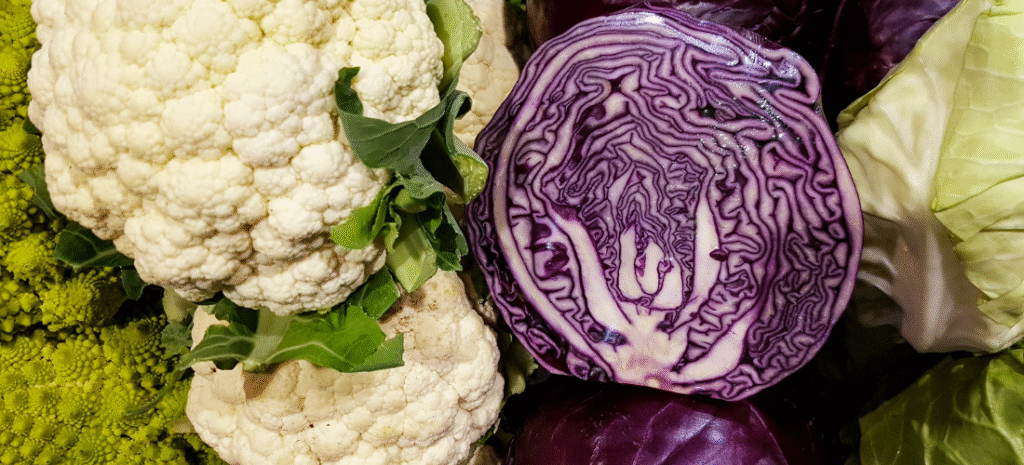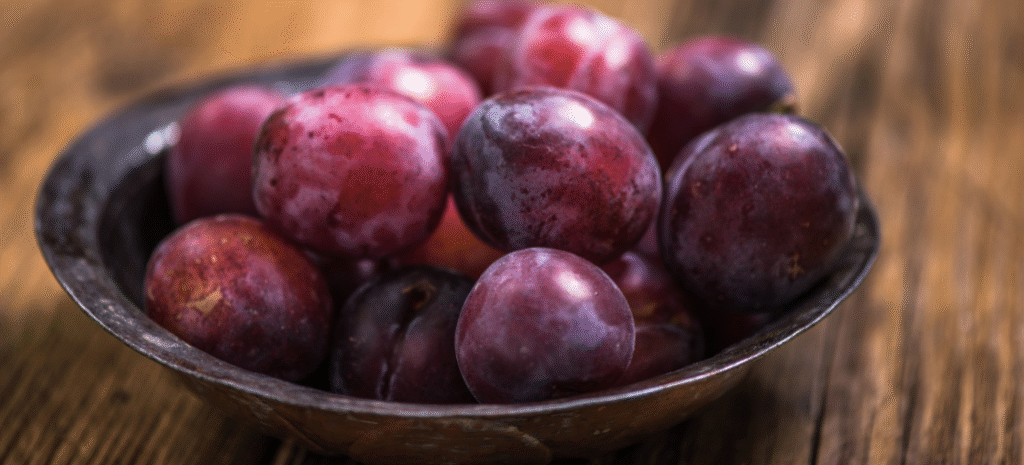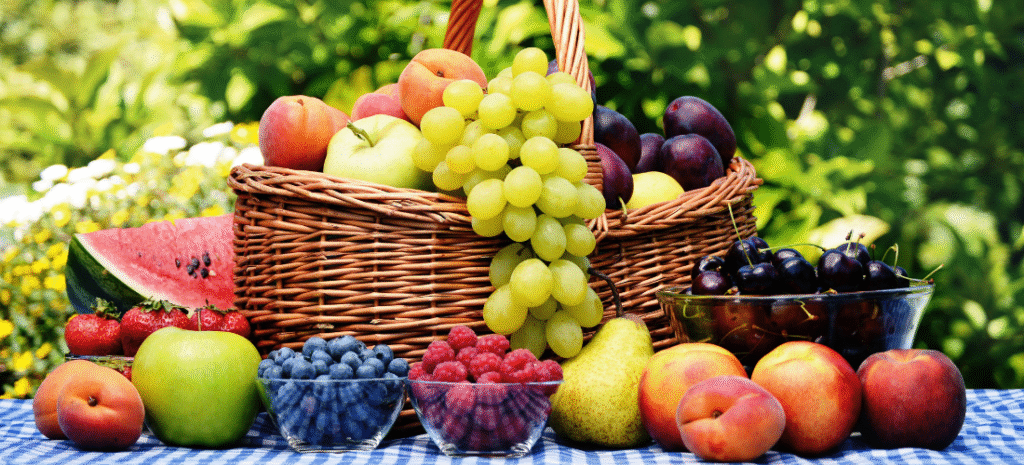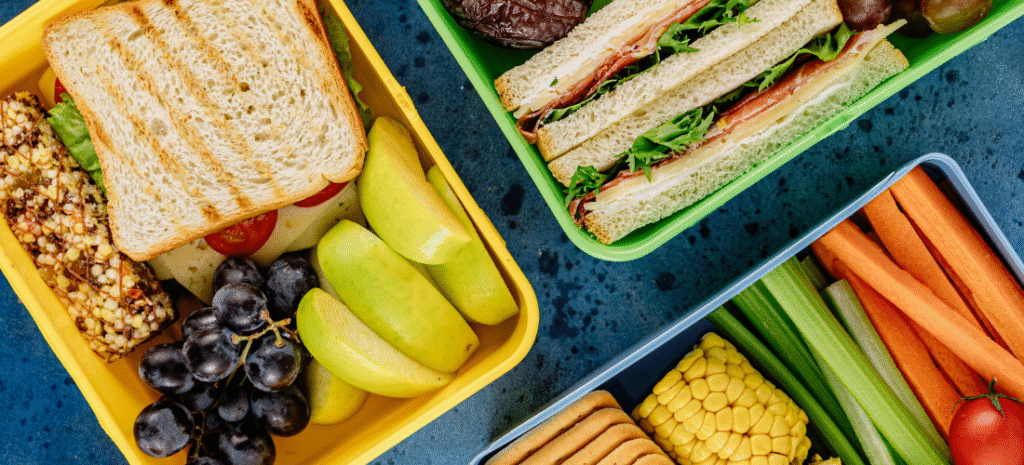Belonging to the large Cruciferae family, cabbage and cauliflower are fall and winter vegetables with extraordinary nutritional properties, known for their content of antioxidants, fiber, vitamins and health-beneficial phytochemical compounds.
A world of variety and color
- Cauliflower is one of the oldest cultivated varieties, and it comes in different colors: white, green, purple and yellow.
- Cabbages are distinguished between:
- Smooth leaf (green, white or red)
- Ruffled-leafed, like savoy cabbage
Each variety brings with it not only different flavors, but also unique nutritional profiles to be discovered and enhanced in cooking.
HEALTH BENEFITS: LOTS OF VITAMINS, LITTLE WASTE
Rich in valuable nutrients
Cabbage and cauliflower contain:
- Fiber, useful for satiety and intestinal health
- Vitamin C (ascorbic acid), an ally of immune defense and iron absorption
- Vitamin K, folate, manganese, copper, potassium and iron
- Choline (especially in cauliflower): a molecule that supports sleep, learning and memory.
Colors that are good for you
Purple cauliflower and red cabbage are rich in anthocyanins, natural pigments with powerful antioxidant and anti-inflammatory properties that give vegetables those beautiful hues between purple, red, pink and blue.
Fun fact: You can do real “magic” experiments in cooking with purple cabbage, such as risottos that change color, taking advantage of the pH of the ingredients and the sensitivity of the anthocyanins.
IN THE KITCHEN YOU DON’T THROW ANYTHING AWAY
To follow a sustainable and rich diet, it is important to reduce waste: of cabbage and cauliflower you can use everything, not just the florets!
What to do with the leaves?
Cauliflower leaves are great:
- in soups and stews
- in creams or velvety
- for making pestos, savory pies
- In fermented versions, such as kimchi.
What about the core?
More fibrous but still useful, the cauliflower core can be:
- diced
- smoothie for creams or pestos
- used to fill pasta, prepare meatballs or savory fillings
- put into extracts or centrifuges.
PRACTICAL TIPS FOR PURCHASING AND STORAGE
How to choose a good cauliflower?
When purchasing, pay attention to these details:
- Crisp leaves adhered to the flower
- Firm, compact and spotless inflorescence.
How to store it?
- In the refrigerator: keeps fresh for about 5 days
- In the freezer: blanch the florets for 1 minute, drain well, and then freeze them.
CONCLUSIONS: ONE VEGETABLE, A THOUSAND OPPORTUNITIES
Kale and cauliflower are inexpensive, versatile vegetables that are rich in properties. With their variety of colors, flavors, and applications in the kitchen, they can make even the simplest meal fun and tasty, helping us feel better every day.
by dietitian Alessandra Zanini
Sources:
- The Big Book of Peels by Lisa Casali
- Treccani, the portal of knowledge – Treccani
- SSNV – National Vegetarian Science Society
- Dario bressanini – the sciences blog
- https://www.accademianutrizione.it/
- Food composition database for epidemiological studies in Italy – BDA.IEO.IT



